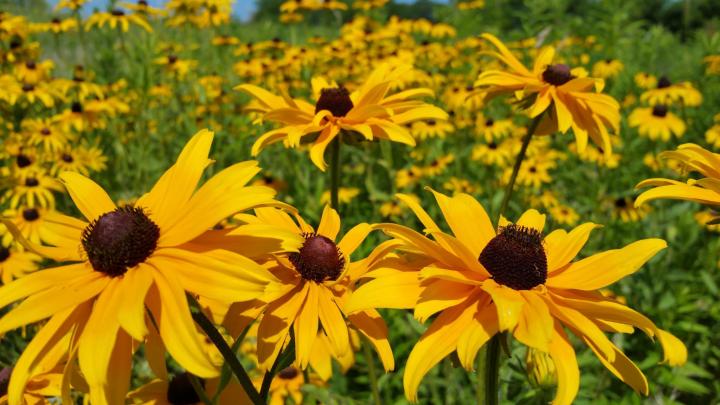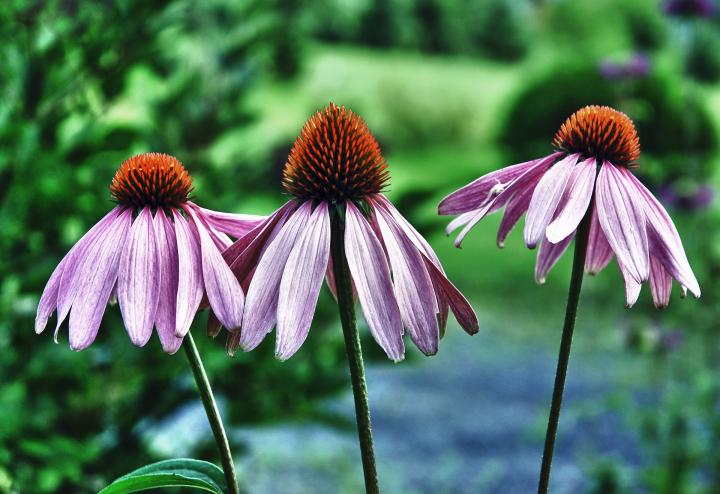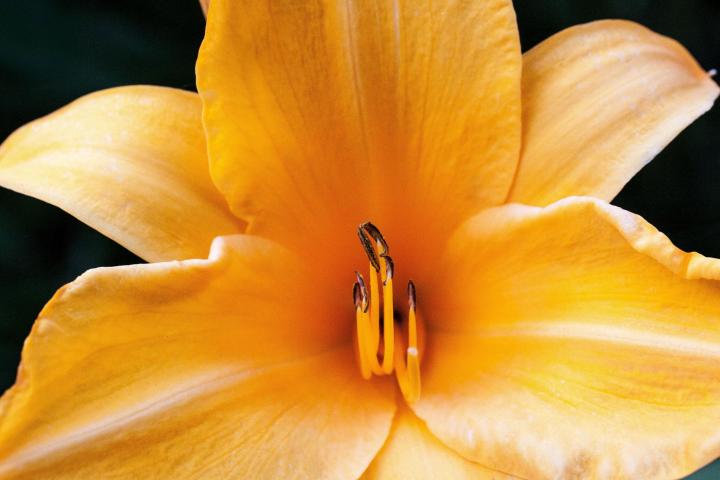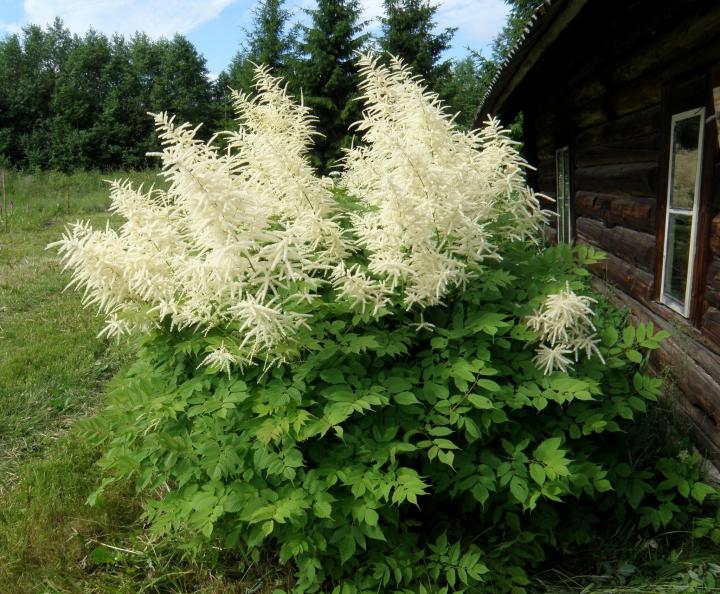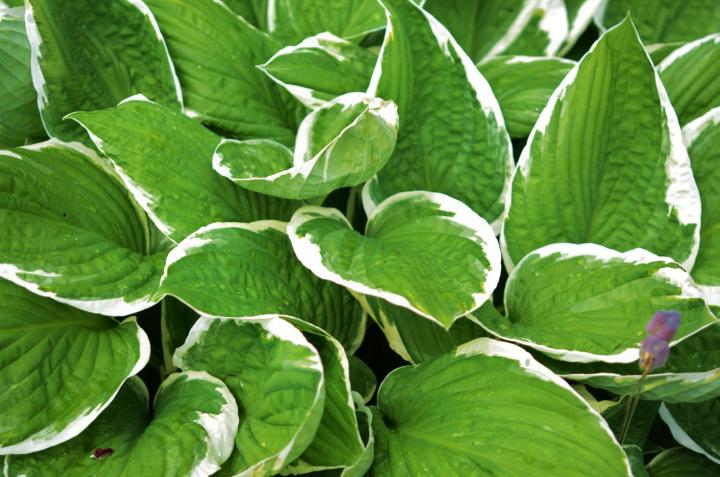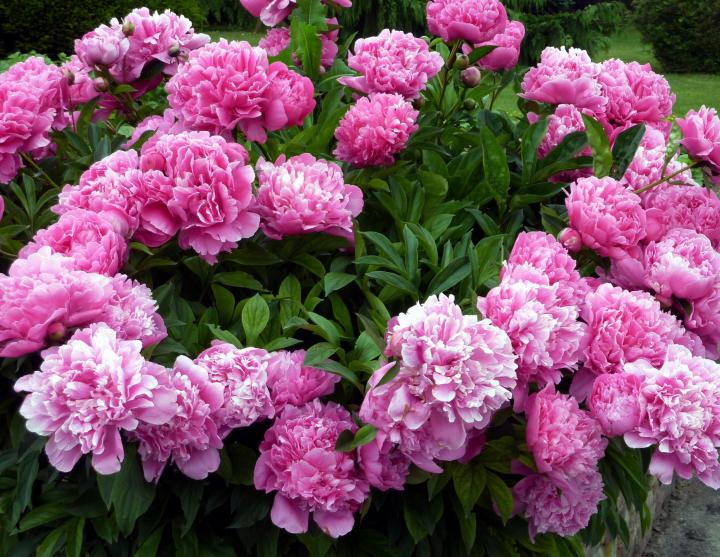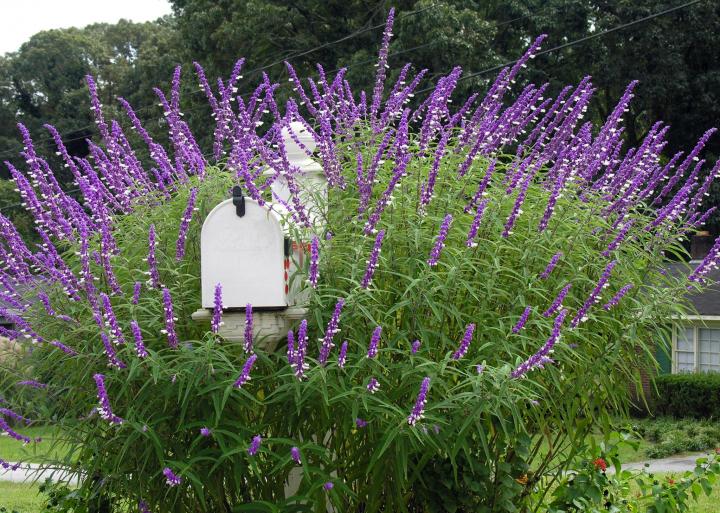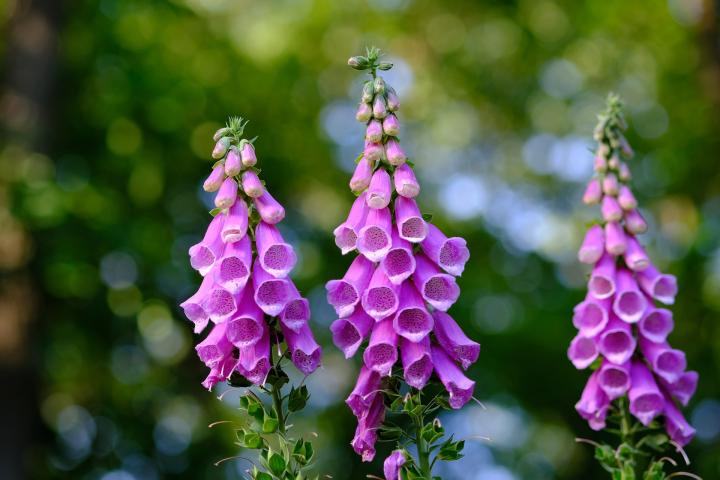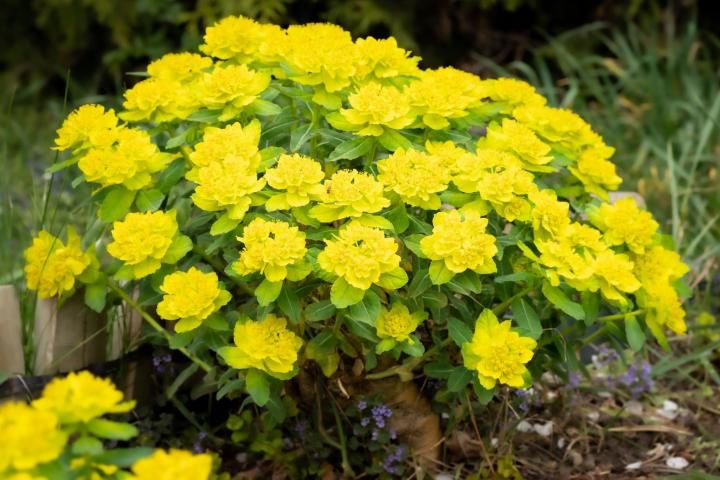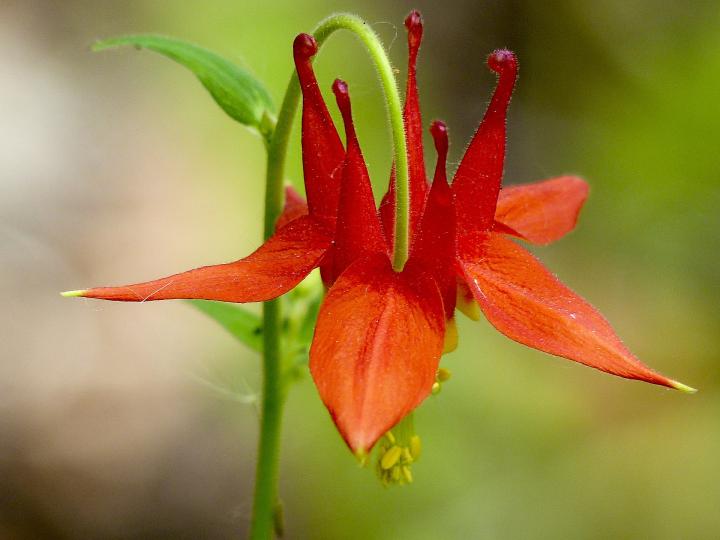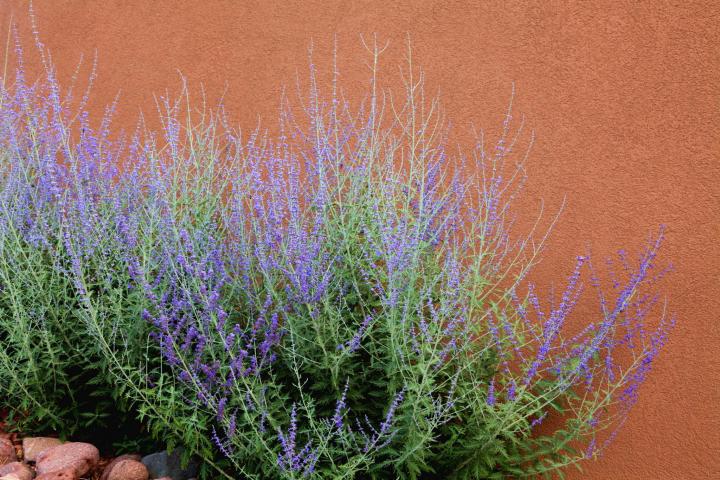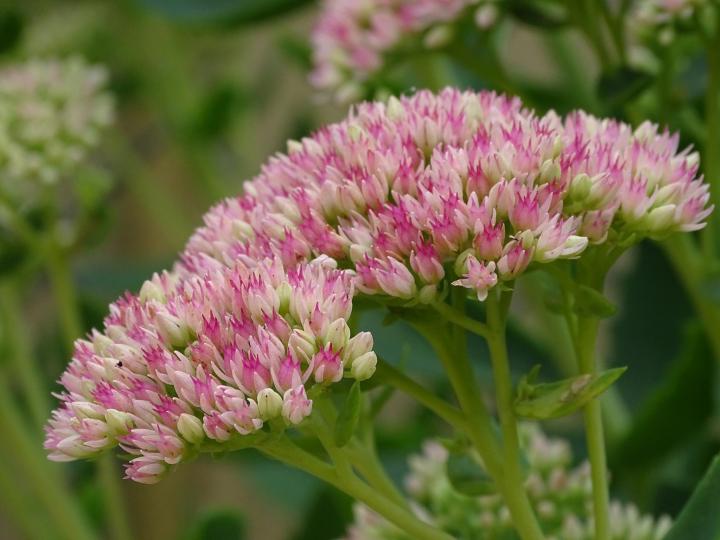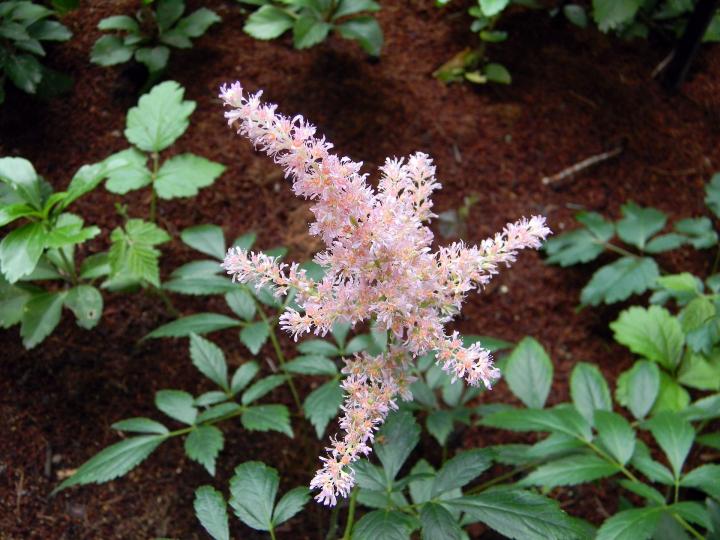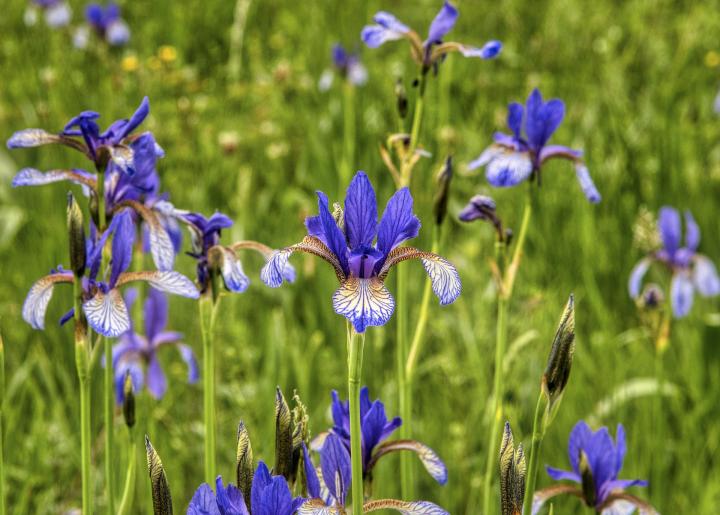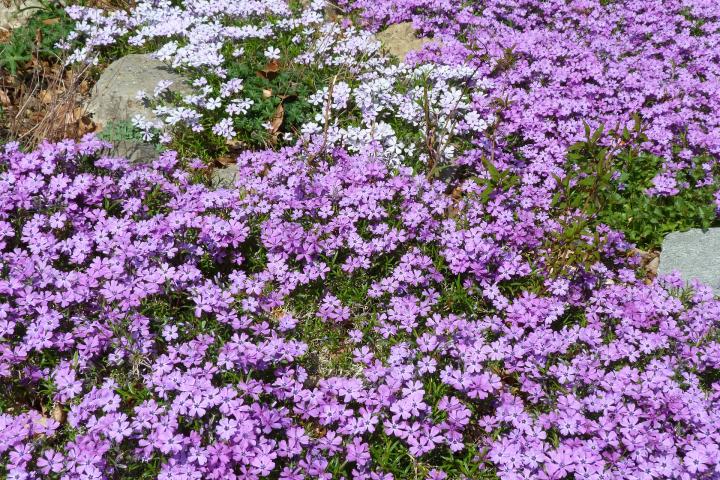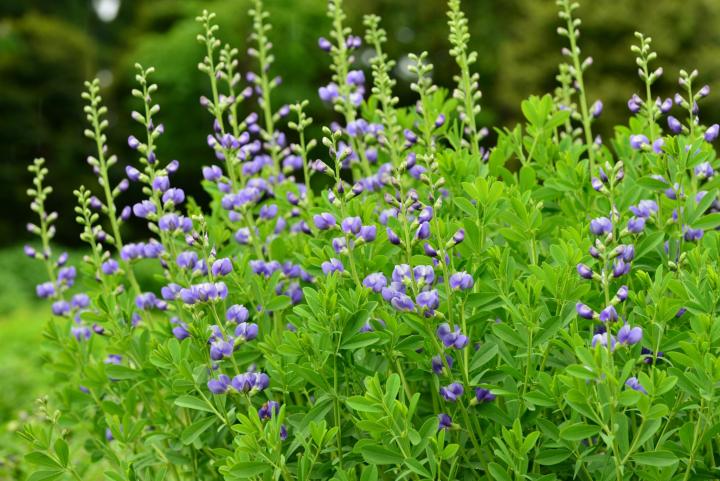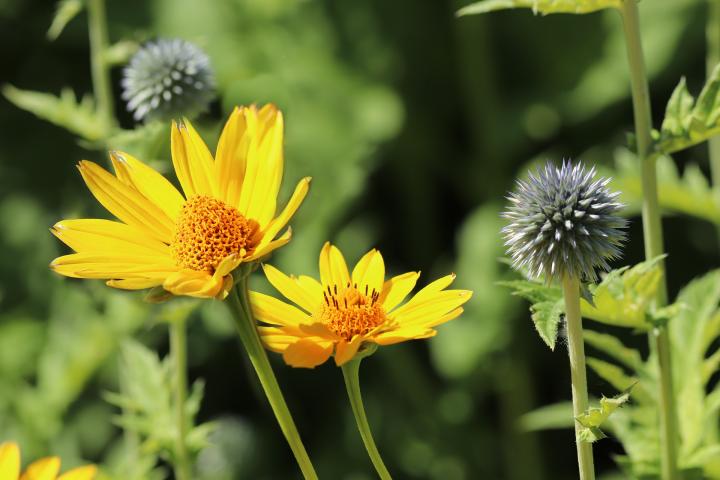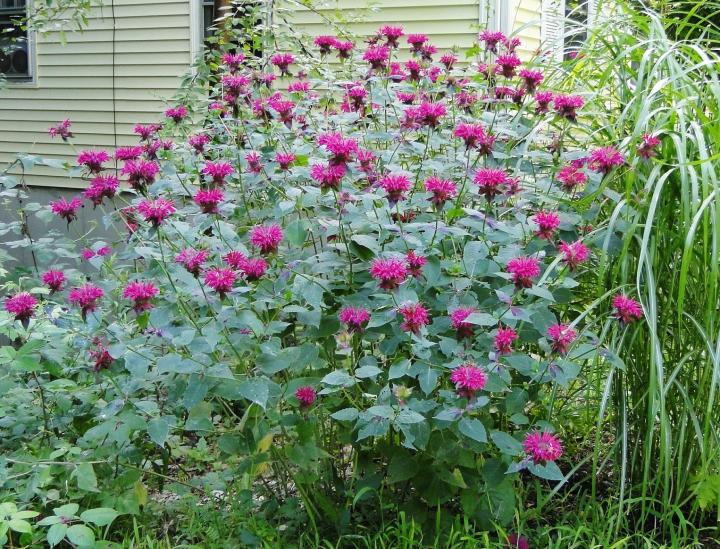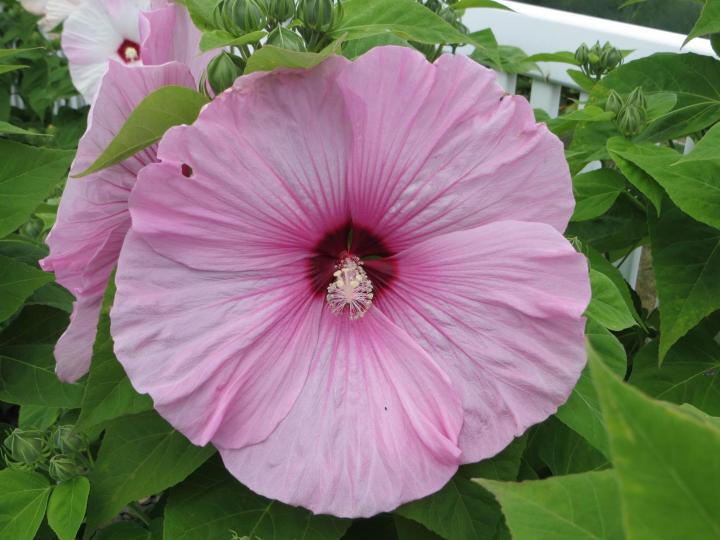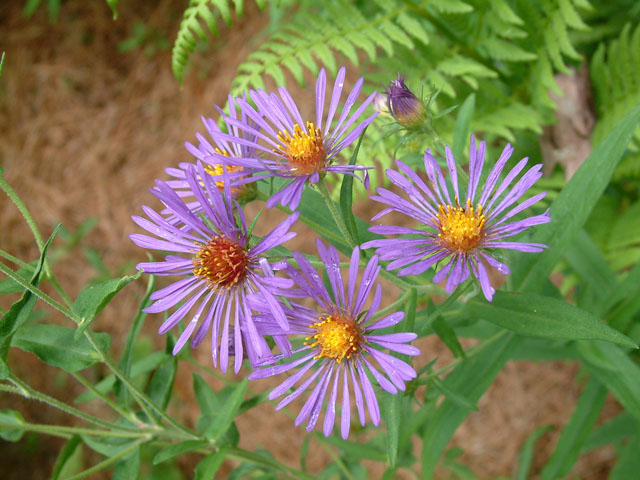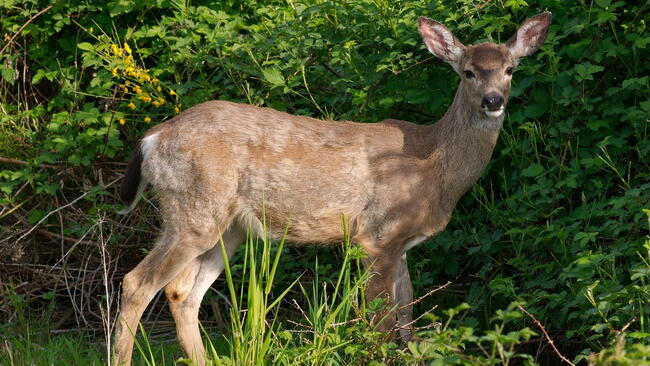
Coneflowers are among the easiest perennials to grow in your carefree garden.
Low-Maintenance Plants That Return Year After Year
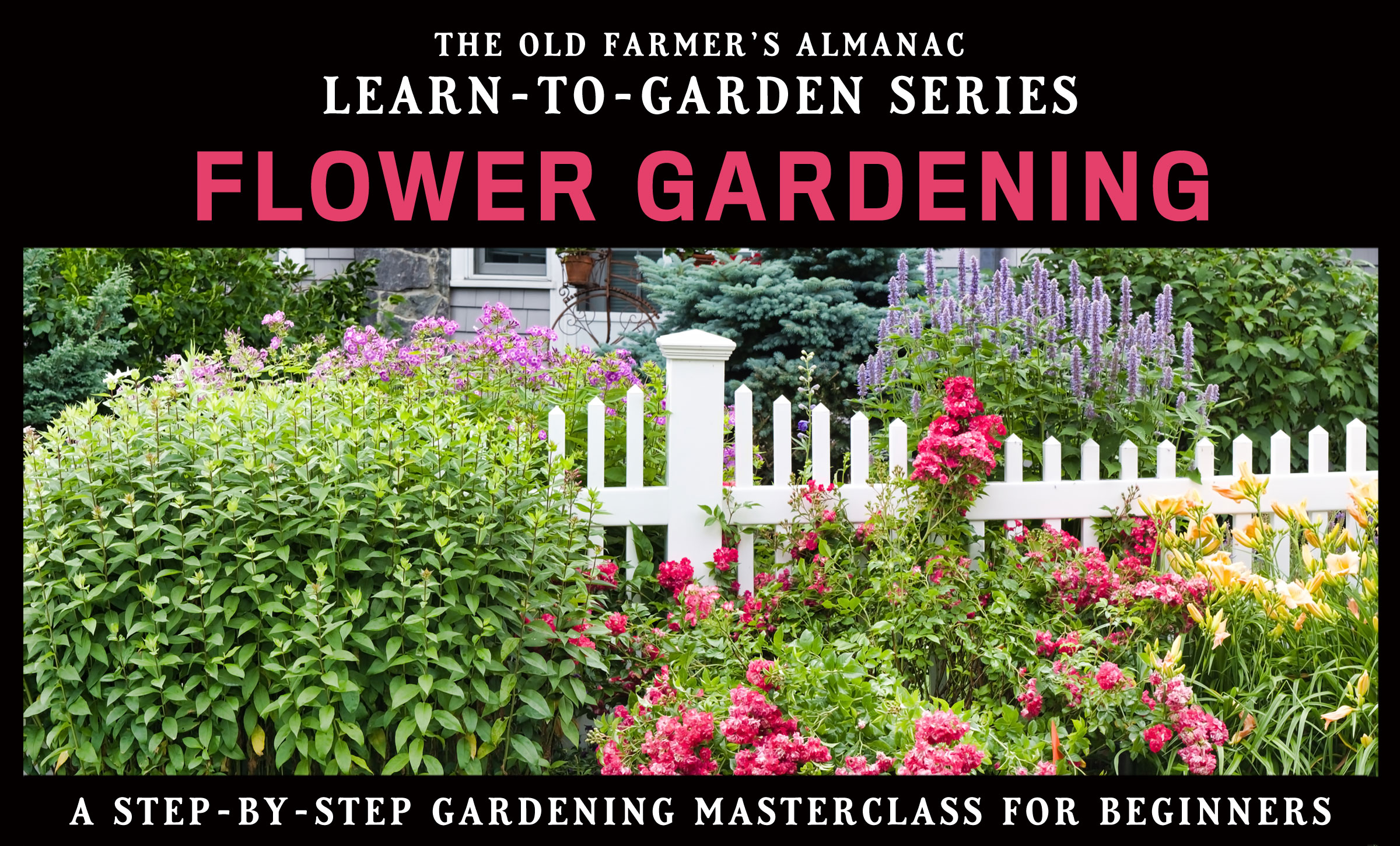
Getting Started with Flower Gardening
Building a Raised Flower Bed Garden
Choosing Flowers
Types of Flower Gardens
Flower Gardening for Pollinators
Growing Flowers in Containers
Spring and Fall Bulbs
Caring for Flowers
ADVERTISEMENT
I have many of these beautiful perennials in my garden! I’d also add “Becky” Shasta Daisies. They are beautiful next to Black Eyed Susan!
I read Bee Balm is Wild Bergamot~ fascinating!
I have pesky rabbits and squirrels who eat my perennials (daisies, roses, day lilies, calla lilies, etc.). Are there perennials that will keep these animals away from my garden?
I would add allium to this list. Mine come back bigger and better every year with very little care.
We LOVE Alliums, Jerry! Check out our guide to ornamental alliums.
To this list, I would add Shasta Daisy, and Giant Hyssop. Though hyssop proliferates from ready self-seeding, it is absolutely reliable. And it smells wonderful, pollinators love it, and so will you. However, rabbits and deer do not like it for its strong licorice scent.
I loved the hyssop that I had at my old house. I noticed that the Japanese Beetles loved it too. Not a bad thing in my opinion. While they were busy eating the tiny flowers, it was hardly noticeable on the plant and easy to scoop them into my soapy bucket. That left my larger petaled plants, like roses free from most damage. And the smell of hyssop, wonderful. I think I read somewhere that Hyssop is one of the first flowers mentioned in the bible.
I see youve added astilbe as an easy perrenial ? Thats not been the case for me. Out of everything Ive grown over the years, astilbe has been the most difficult for me. If your a beginner and want easy...forget the astilbe and add some coral bells. Coral bells are so stinking easy and come in some amazing colors. I have a vibrant yelliw one with a deep purple one flanked behind it and its just gorgeous without any work at all. They dont like full sun though. They are shade loving plants . So anywhere near a tree that provides some dappled sun is perfect .
Cindy-
We are sorry to hear that you have had difficulty with astilbe; here at The Old Farmer’s Almanac, we love them! That said, Coral Bells are a beautiful addition to any shade garden, we completely agree.
I'm looking for the old, old rose that blooms continuously in clusters of 7 quarter sized blooms in various shades of pink. Very hard, very thorny!! Older people will say, "Oh, I had 1 of those...." but apparently it has fallen out of favor as I'm still looking for a source. Any help will be very appreciate. Many thanks. Jan

